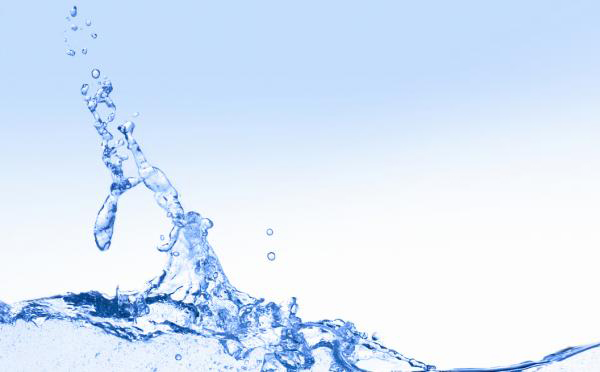Saving water in the workplace

June the 5th is World Environment day, to celebrate the day, and raise awareness of environmental issues, in today’s blog, we’re going to be discussing facilitating an environmentally friendly workplace by saving water in the workplace.
It’s an established fact that we use far more water than the earth is able to provide for us. Less than 1% of the world’s fresh water is available for human use (the majority being frozen, underground, or salt water), and yet each individual uses around 150 litres of water per day. With the earth’s population growing far quicker than is sustainable and global warming leading our rainfall to become increasingly erratic, it is everyone’s responsibility to cut water usage.
We spend around 109,980 hours of our lives at work, and therefore, this is where we fulfil most of our water usage. Indeed, industries and public institutions use over 25% of water used in most major cities.
1. Spread the word
Very few of us are wanton water wasters, the majority of the water we waste is done quite inadvertently. Thread water conservation into the fabric of your workplace culture by educating your employees and colleagues. You can do this by running water conservation workshops, implementing water usage reports, and by providing water targets for the company to aim for. You may consider electing a ‘water champion’, an individual in the workplace who is responsible for checking the water metres and monitoring the water usage during working hours.
2. Change your habits
There are many little steps we can take to contribute to big strides of water conservation. When you wash your office mugs, do you do so under running water? Fill a bowl instead, not only will this save you water, but it will also allow items to soak, so should be more time efficient too. Consider, also, whether items require washing. Reuse your water glass throughout the day, a coffee cup can be used multiple times in a day, when drinking black coffee, before it requires washing as it contains nothing more than coffee and water.
Water we use for industrial or agricultural purposes does not need to be drinking quality. Consider installing a rainwater butt on your premises. You can recycle this non-potable (the technical term for water that is not drinking quality) water for washing windows or outside surfaces, topping up your toilet cisterns, watering plants and grass, and even cleaning your cars.
3. Adjust your facilities
Many of our workplace facilities use an excess amount of water, replacing these with more efficient products will not only save water, but also saves you money. Using a systematic approach to water conservation in the workplace can cut water usage by up to 30% (Envirowise).
Some of the most water efficient options for your workplace are the most straightforward. You might like to consider your watercooler, is it bottle top, or is it point of use? What do we mean by that? A bottled water cooler is fed by a bottle. The bottle is inverted onto a spike which feeds a reservoir with water. The bottle needs to be replenished when it runs out, this increases the use of plastic, and carries a large environmental footprint. The water is collected at source, transported to a bottling environment, and then transported again to you. As well as requiring transport, a bottle top water cooler increases the risk of spillages. On average, these bottles contain between 15 -19 litres of water. When a bottle replacement is required, the bottle must be removed, and the new, full, bottle lifted and fitted in its place. This is no easy task, each bottle weighs between 15 and 19kg. Often during this process, spillages occur with the bottles are swapped over due to the gravitational effect of the heavy weight of the water.
As well as water spilling from the main bottle reservoir, the drip tray underneath the dispenser taps can fill very quickly, and staff can be unaware that it needs emptying until it is too late. Once staff have realised, they must carry the open tray to the designated deposit point. This is no easy task when the tray is filled with water, often causing spillages onto the office carpet – and on the employees themselves!
What do we suggest to ease this headache? A Borg & Overstrom point of use watercooler is easy to install and delivers water directly from the source, this not only saves you money on the cost of replacing the bottles once they are empty, but it also reduces the carbon footprint caused by transporting bottles from location to location. You can calculate the best Borg & Overstrom water dispenser for your workplace with our specifier, here. Borg & Overstrom also offer a range of accessories, especially designed to save water and provide you with peace of mind. For example, our alarmed waste kits provide notification when your drip tray is reaching capacity. You can view our fantastic range of accessories, here.
If you’d like to discuss creating a more environmentally friendly workplace with Borg & Overstrom, do get in touch, our contact details can be found here.
You’re reading an article from the Borg & Overström Academy programme.
Borg and Overström are a manufacturer, and trade-only supplier, of innovative, quality, water systems.
We take pride in working with our clients to help them to develop their businesses, providing tailored sales, marketing, and technical training and advice.
